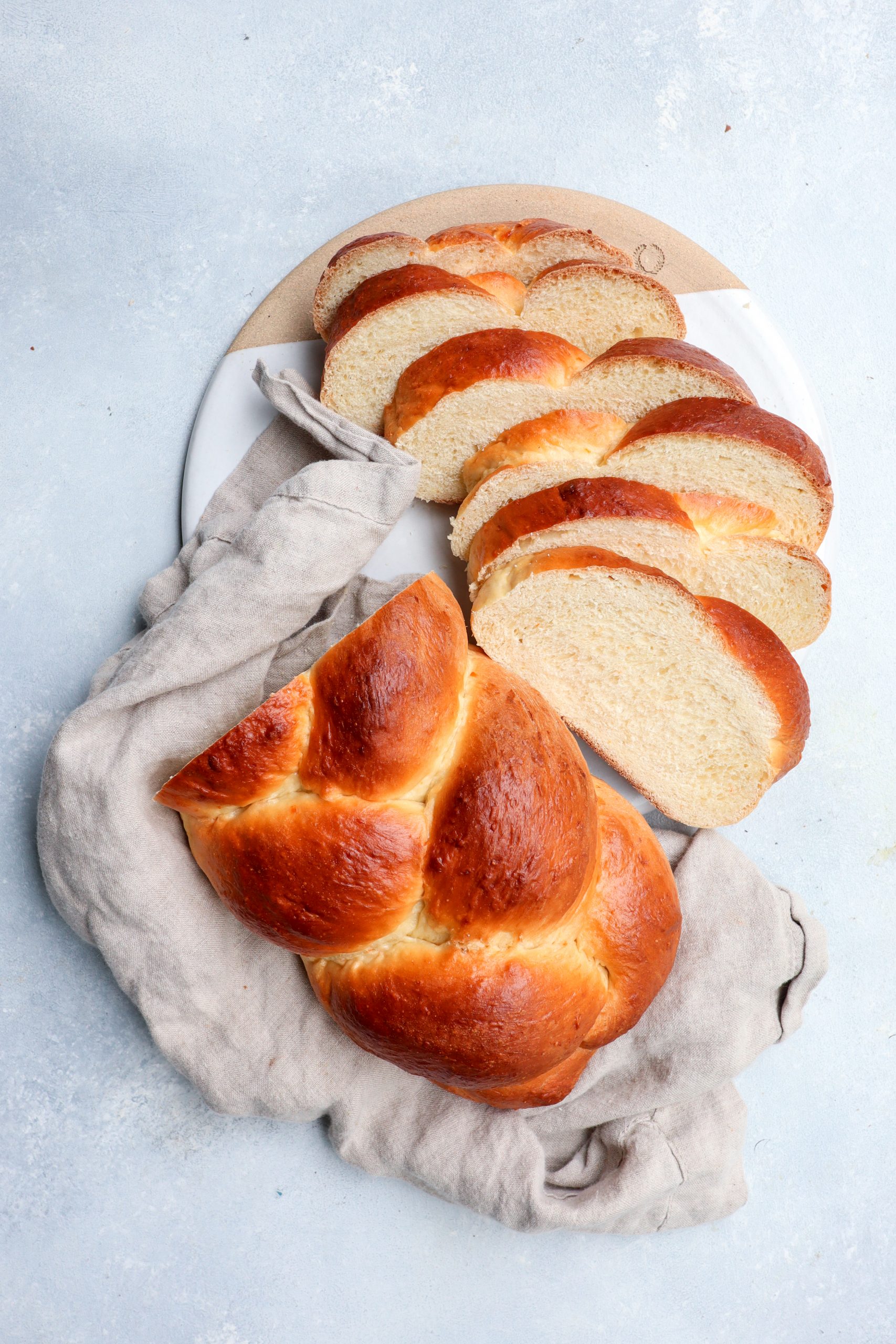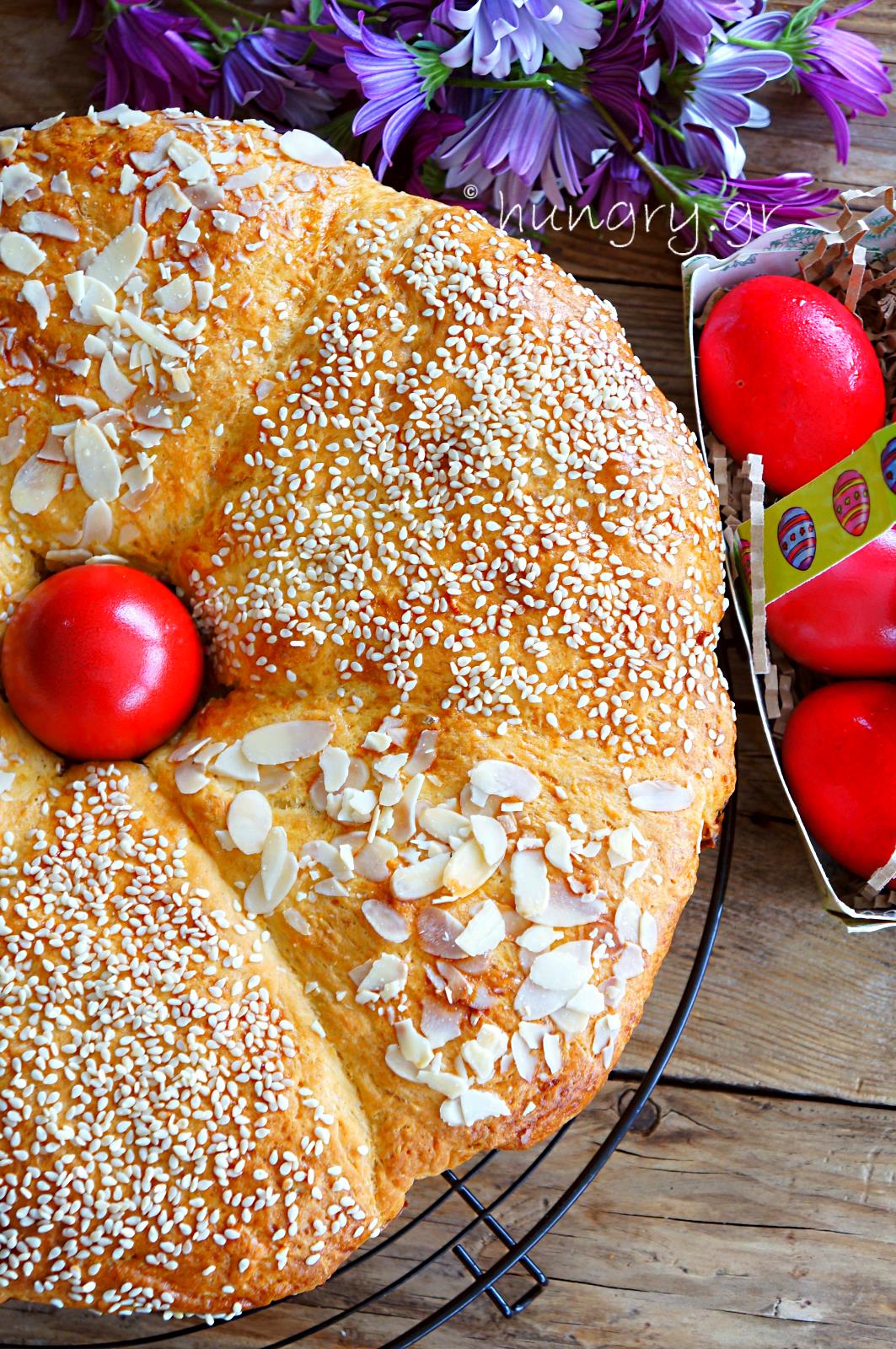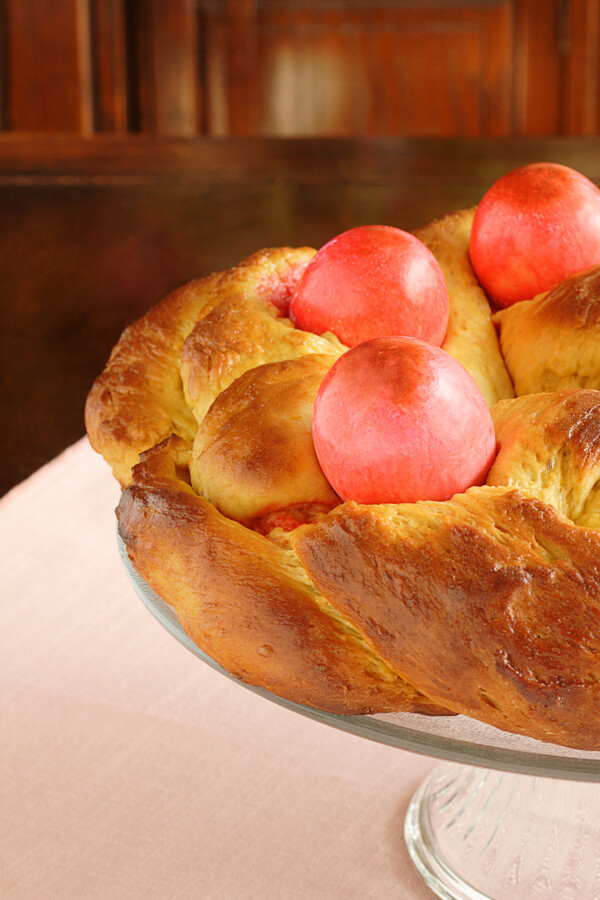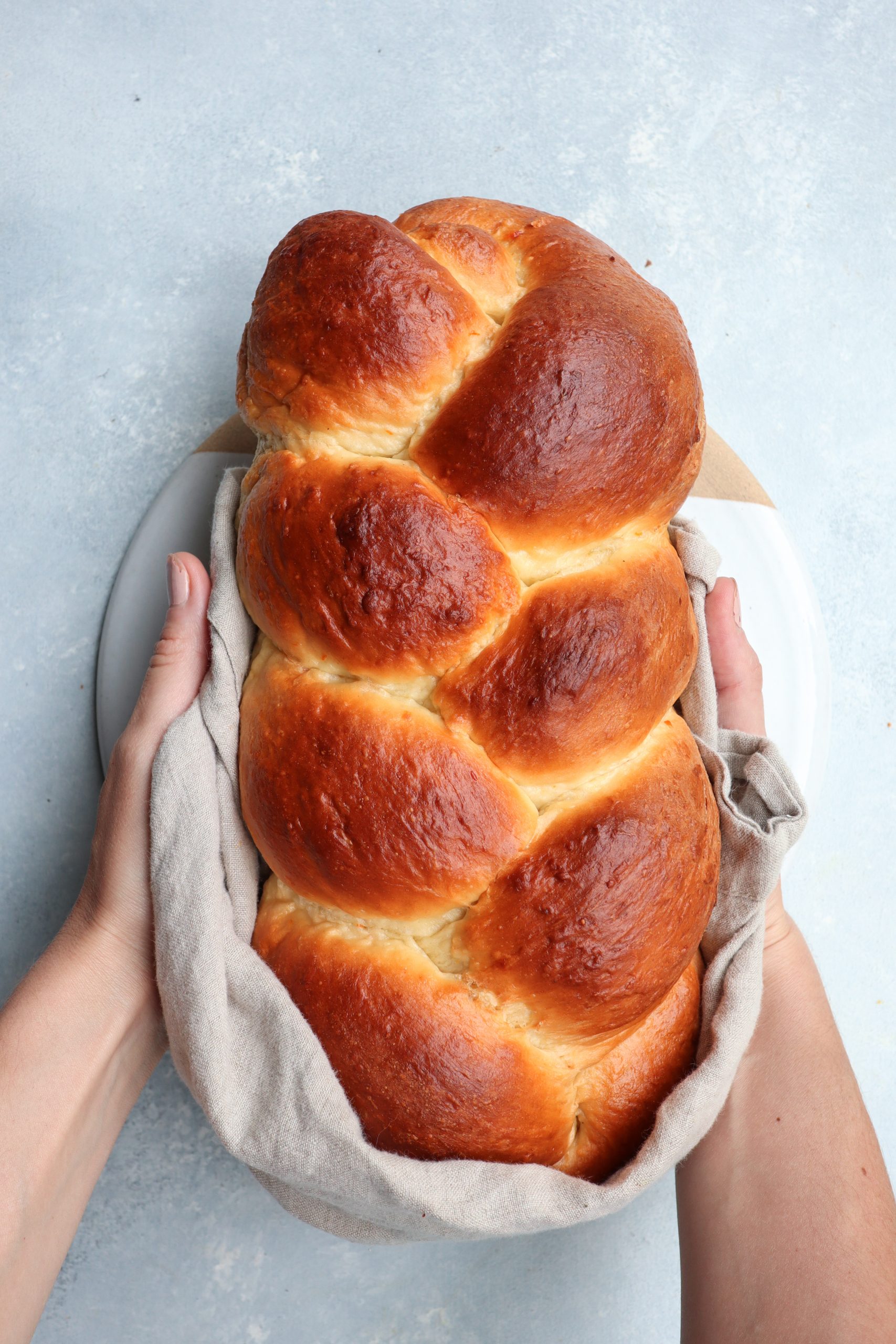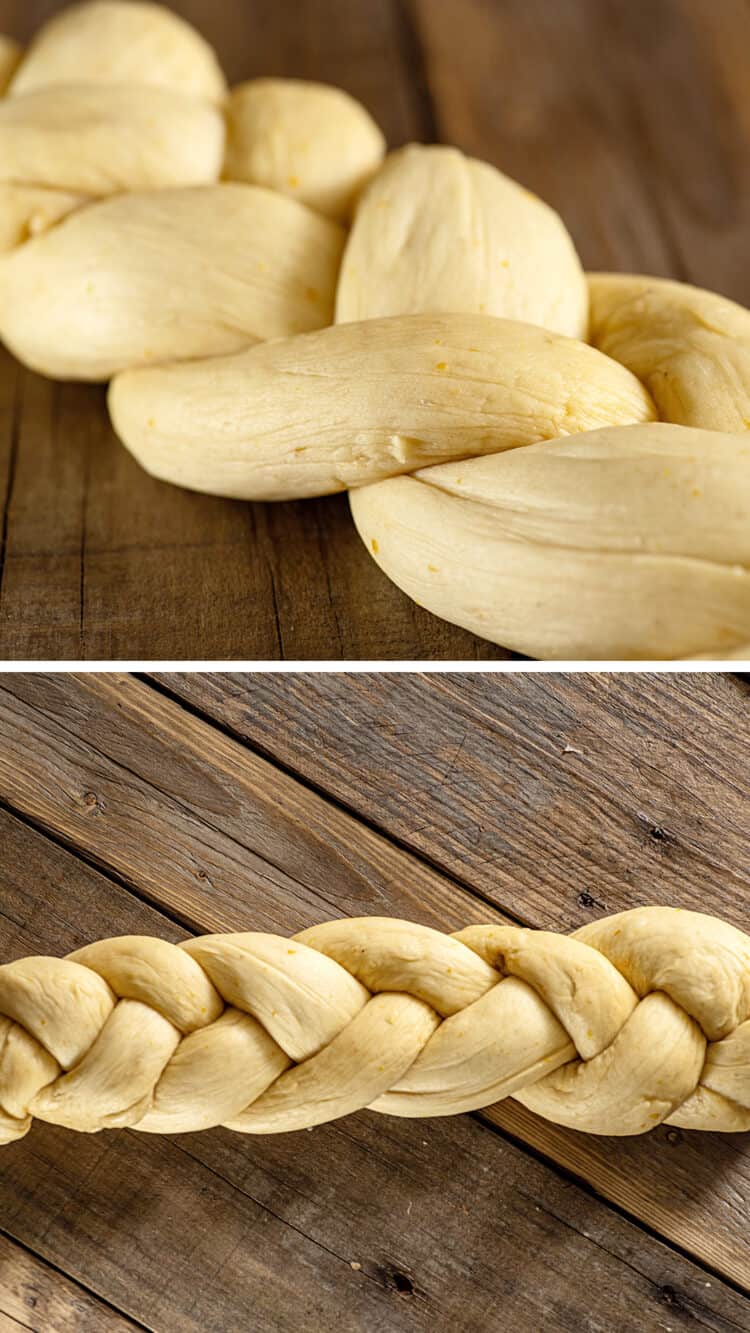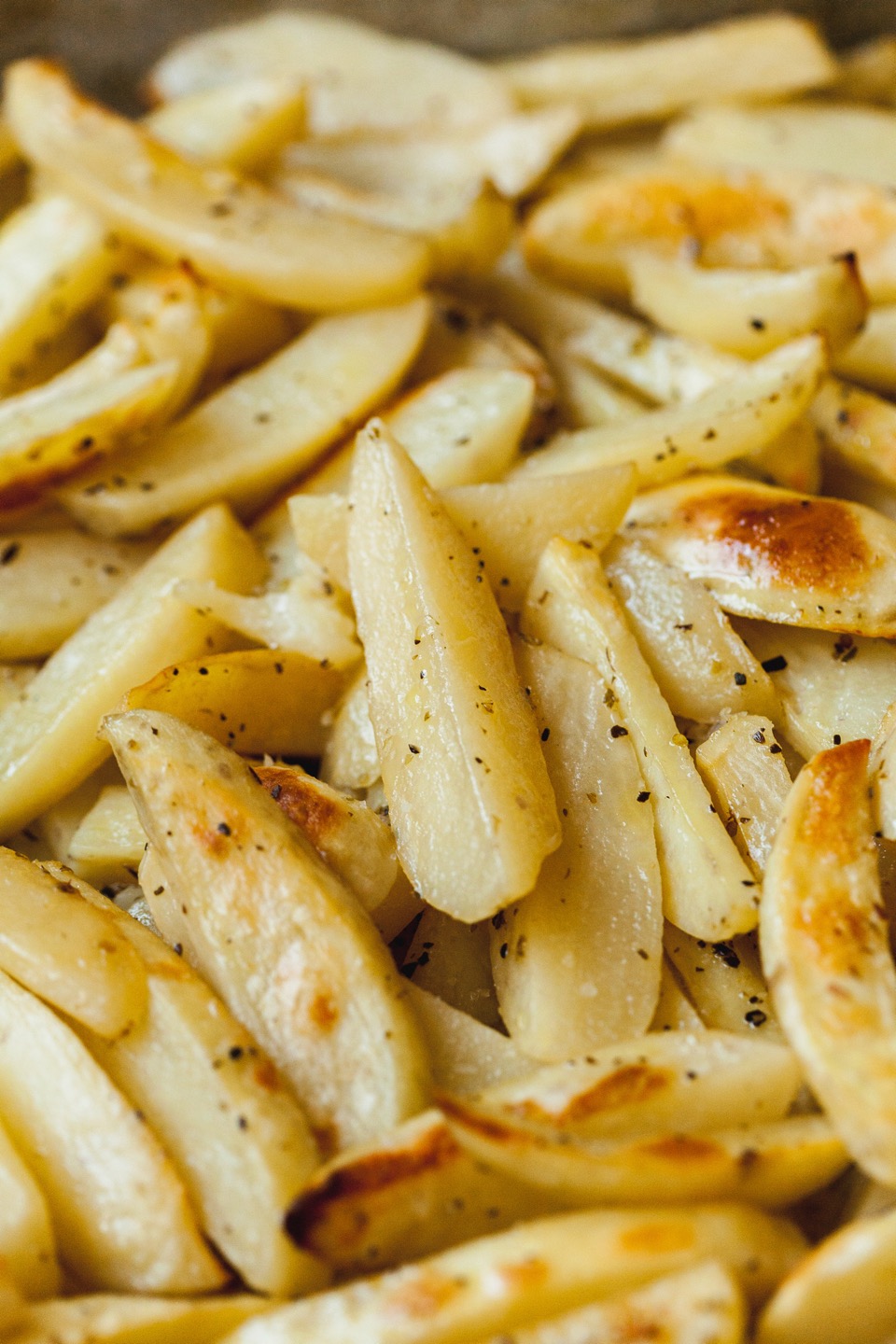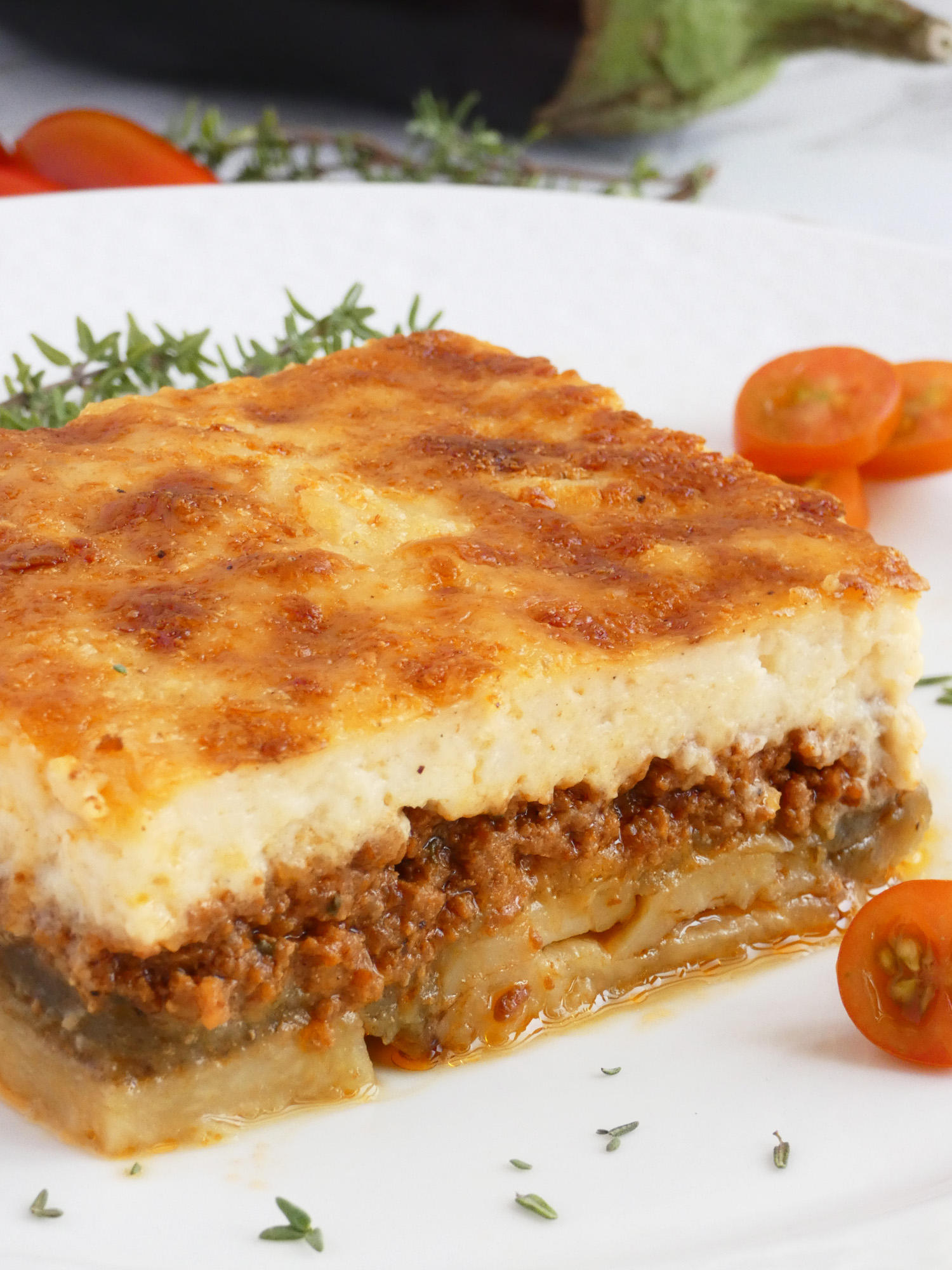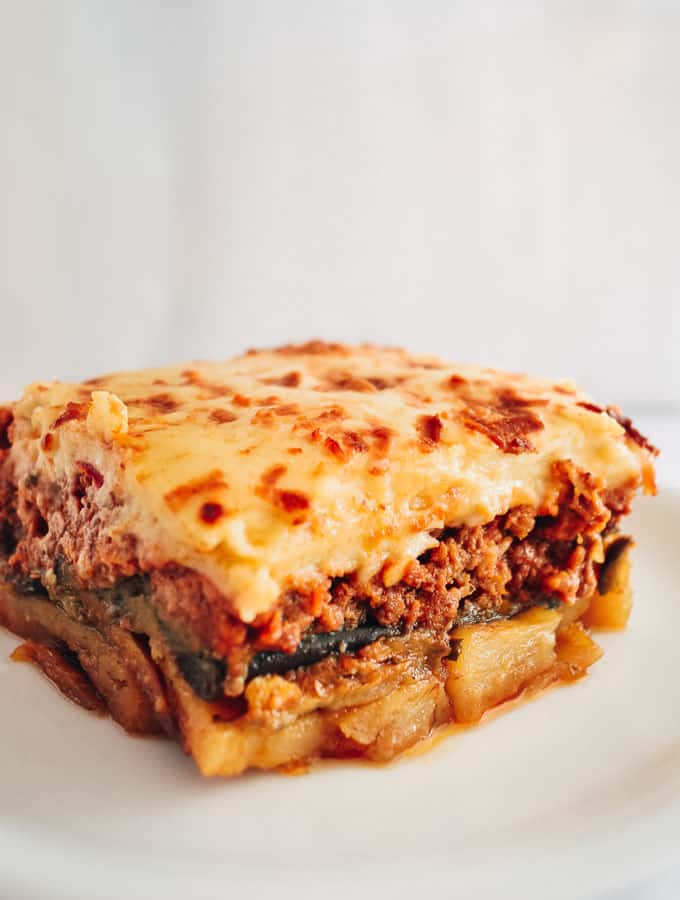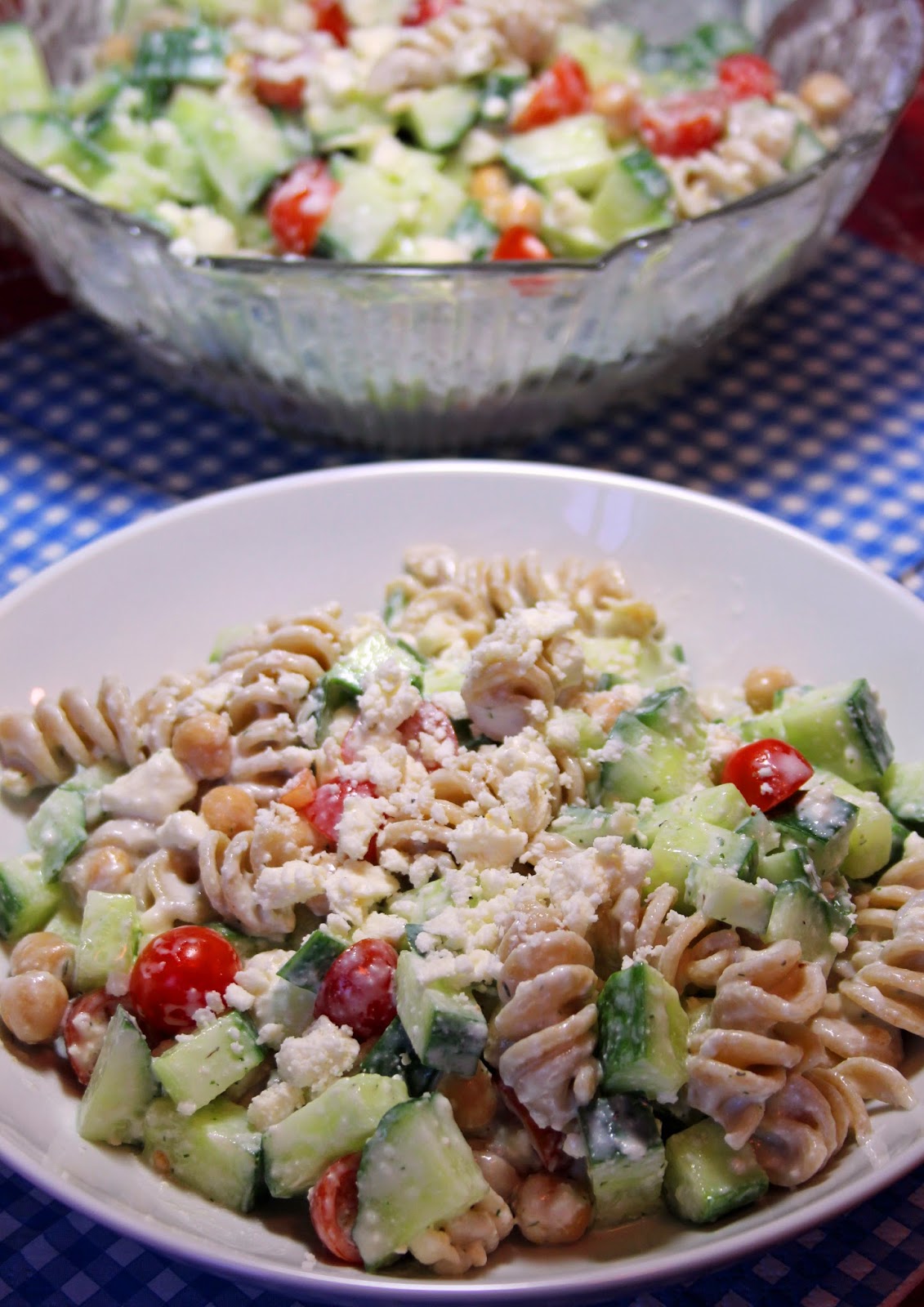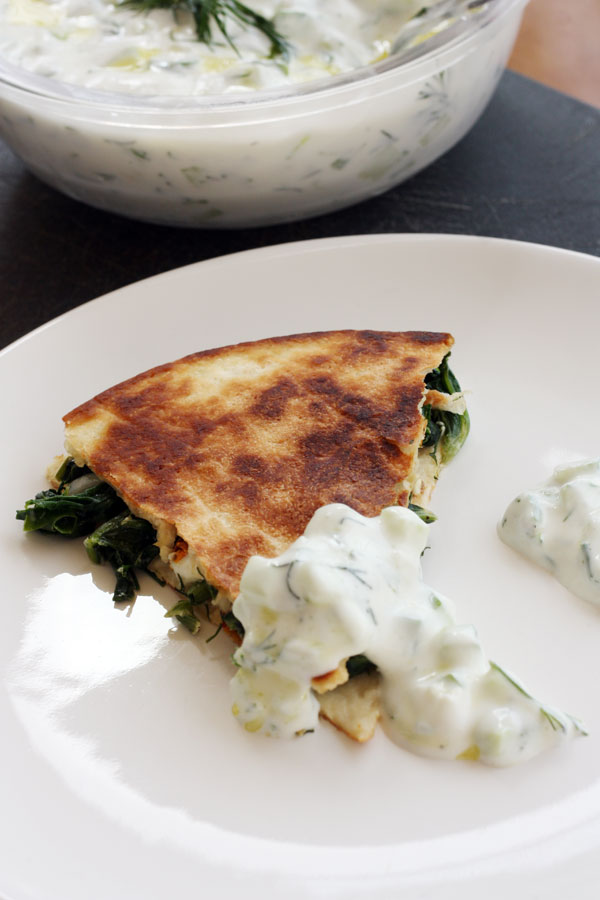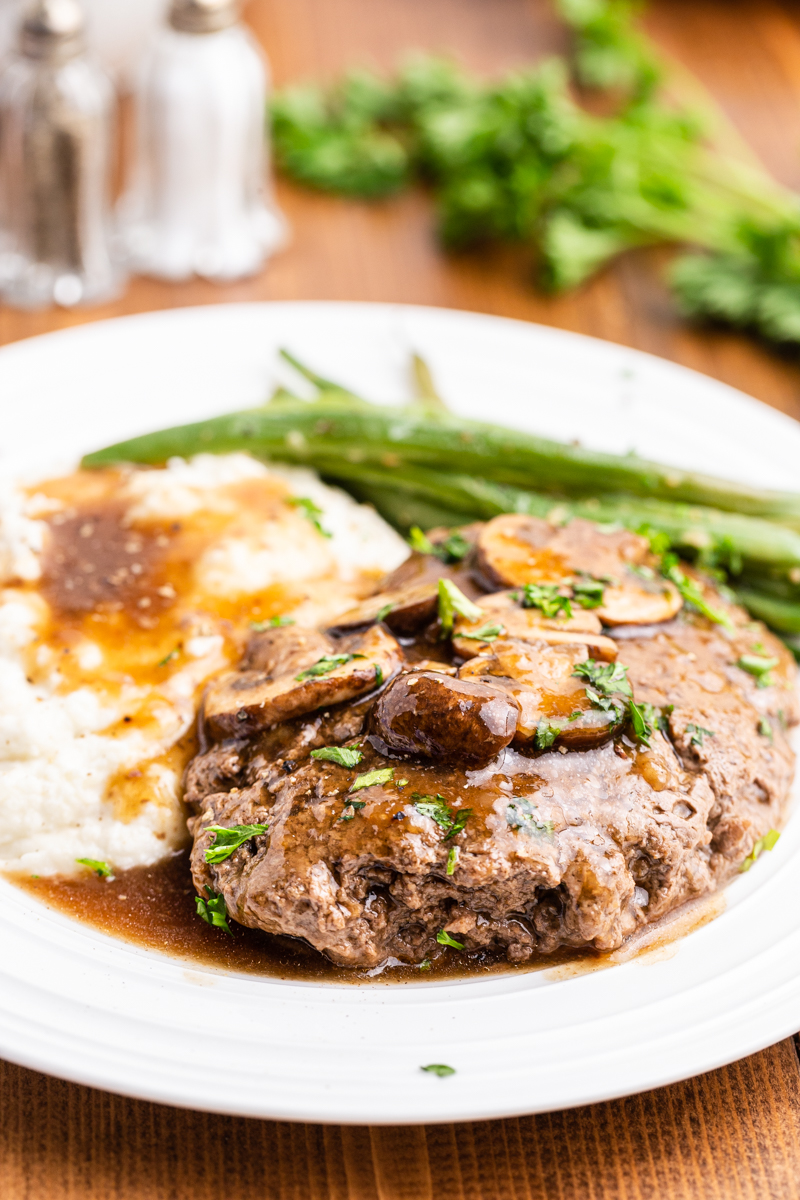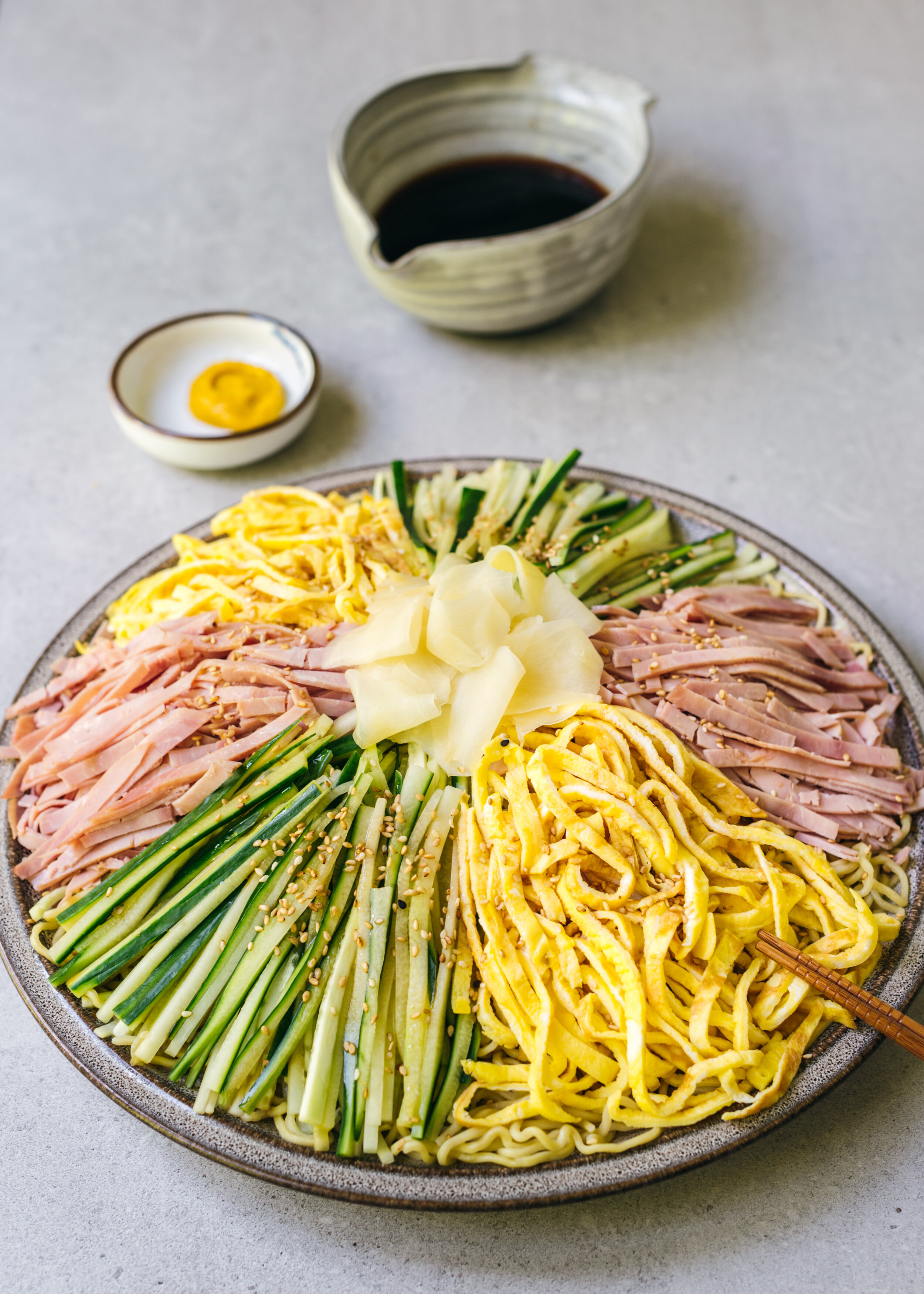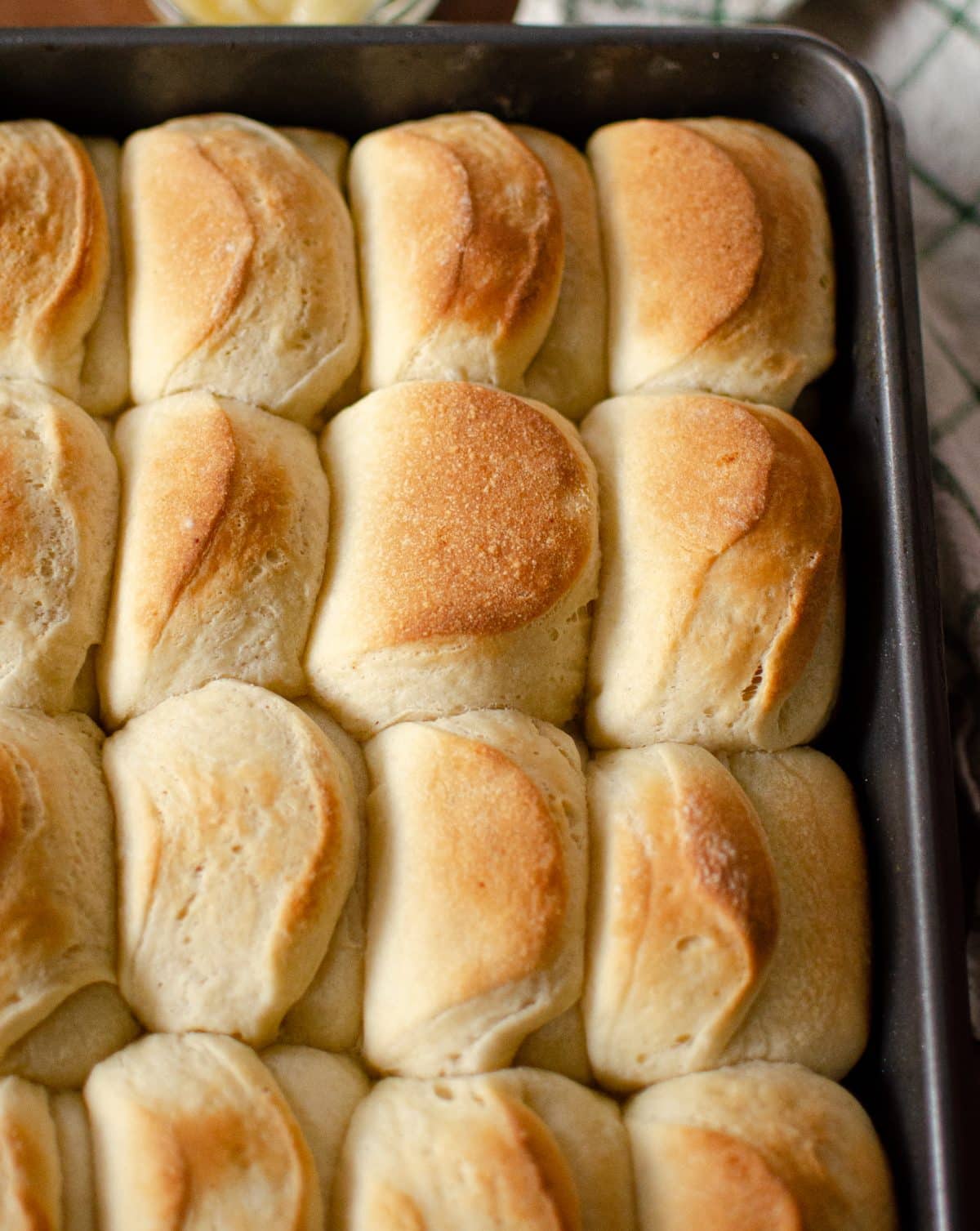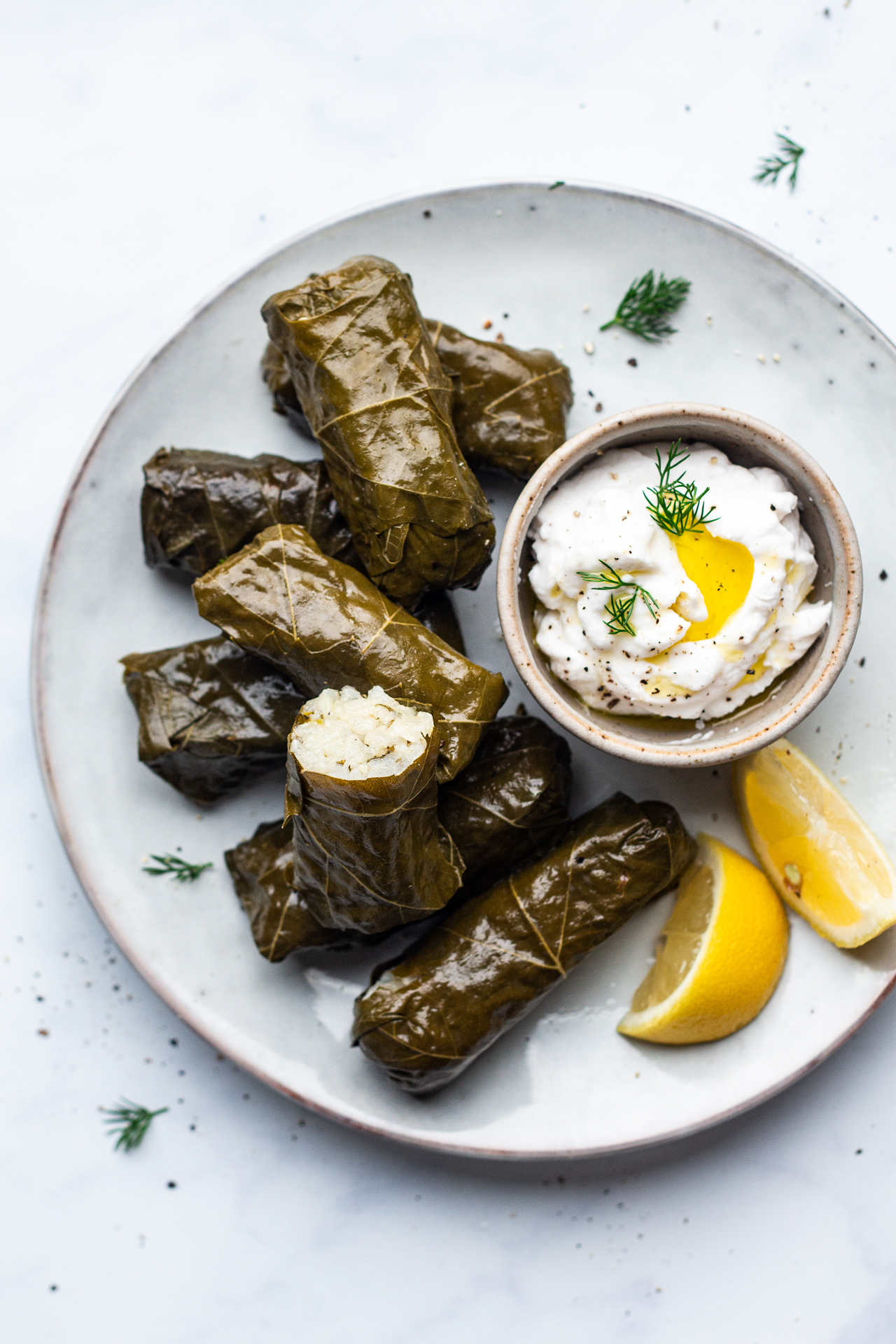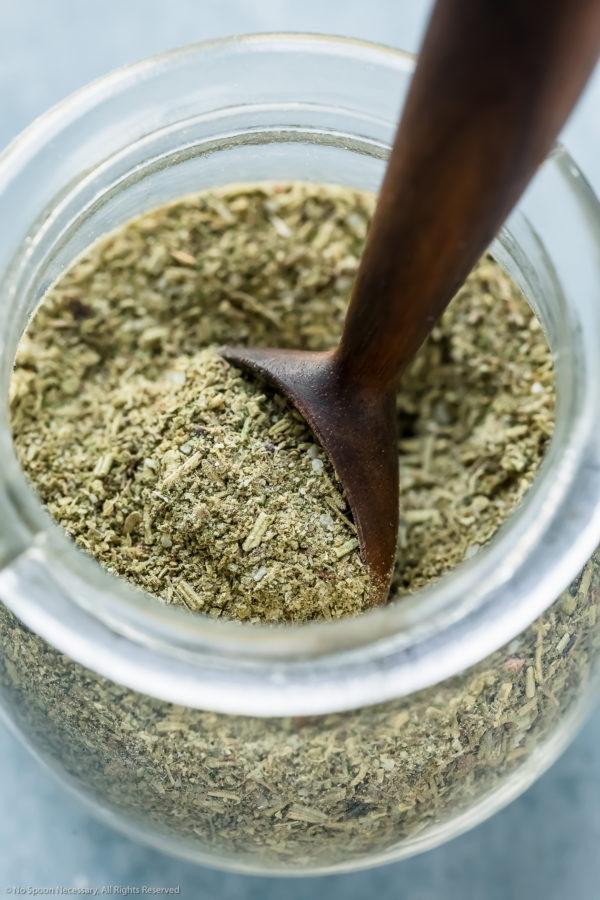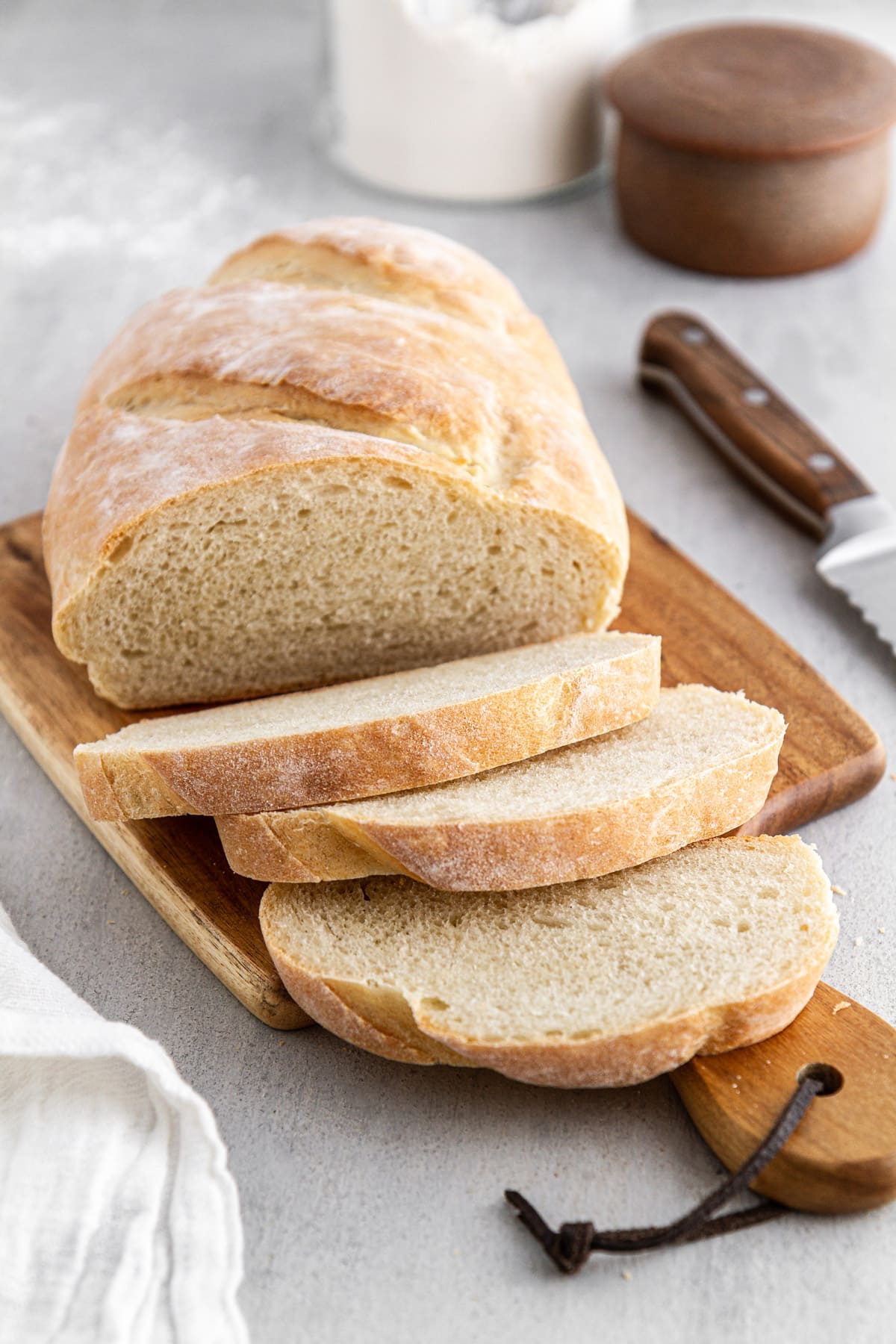Tsoureki is a traditional Greek bread that is commonly eaten during Easter. This sweet and fluffy bread is not only delicious, but it also holds a special significance in Greek culture. Made with a combination of warm spices and topped with a distinct red Easter egg, tsoureki is a staple in every Greek household during the Easter season. In this article, we will take a closer look at the history and cultural significance of tsoureki, as well as provide a step-by-step recipe for you to try at home.
The History of Tsoureki
The Origins
Tsoureki has been a part of Greek Easter celebrations for centuries. The word "tsoureki" is derived from the Turkish word "çörek," meaning bread. It is believed that this bread was brought to Greece during the Ottoman Empire, and it has since become a beloved Easter tradition.
The Symbolism
One of the most significant aspects of tsoureki is its symbolism. The bread is usually braided, representing the Holy Trinity in Christianity. The red egg placed on top of the bread symbolizes the blood of Christ and new life. This symbolism makes tsoureki not only a delicious treat but also a meaningful part of Greek Easter traditions.
The Evolution
While the traditional recipe for tsoureki remains the same, there have been some variations over the years. In the past, tsoureki was only made during Easter, but now it can be found in bakeries and households all year round. The bread is also sometimes filled with chocolate, nuts, or dried fruits, giving it a modern twist.
The Recipe for Tsoureki
Now that you know the history and symbolism behind tsoureki, let's dive into the recipe. This recipe makes two loaves of tsoureki, perfect for sharing with family and friends.
Ingredients:
- 1 cup lukewarm milk
- 1 package active dry yeast
- ½ cup sugar
- 4 cups all-purpose flour
- ½ cup unsalted butter, melted
- 3 eggs, room temperature
- 1 tsp vanilla extract
- 1 tsp mahlepi (ground mahlab seeds)
- 1 tsp masticha (ground mastic resin)
- 1 tsp ground cinnamon
- 1 tsp ground cloves
- ½ tsp salt
- Red Easter eggs for decoration
Instructions:
1. In a large mixing bowl, dissolve the yeast in the lukewarm milk and let it sit for 5 minutes.
2. Add 1 cup of flour and mix until well combined.
3. Cover the bowl with a clean kitchen towel and let it sit in a warm place for 30 minutes to allow the yeast to activate.
4. In a separate mixing bowl, beat the eggs, sugar, melted butter, vanilla extract, and spices together.
5. Add the egg mixture to the flour mixture and mix until well combined.
6. Gradually add the remaining flour and knead the dough until it becomes smooth and elastic.
7. Cover the dough with a clean kitchen towel and let it rise in a warm place for 1 hour.
8. Divide the dough into two equal parts and braid each one into a loaf.
9. Place the loaves on a baking sheet lined with parchment paper.
10. Cover with a clean kitchen towel and let it rise for another 30 minutes.
11. Preheat your oven to 350°F (175°C) and brush the loaves with egg wash.
12. Gently press a red egg in the center of each loaf.
13. Bake for 30-35 minutes, or until the loaves are golden brown.
14. Let the tsoureki cool before serving.
Enjoying Tsoureki
Tsoureki is best served warm with a cup of Greek coffee or tea. It can also be enjoyed on its own as a sweet treat. Traditionally, it is served on Easter Sunday, but feel free to indulge in this delicious bread any time of the year.
In conclusion, tsoureki is not just a bread; it is a symbol of tradition, culture, and faith. This Easter, why not try making your own tsoureki and experience a taste of Greece in your own home. Share it with your loved ones and create new memories and traditions. Kali Anastasi (Happy Easter)!
Convert the content to HTML code:
Tsoureki is a traditional Greek bread that is commonly eaten during Easter. This sweet and fluffy bread is not only delicious, but it also holds a special significance in Greek culture. Made with a combination of warm spices and topped with a distinct red Easter egg, tsoureki is a staple in every Greek household during the Easter season. In this article, we will take a closer look at the history and cultural significance of tsoureki, as well as provide a step-by-step recipe for you to try at home.
The History of Tsoureki
The Origins
Tsoureki has been a part of Greek Easter celebrations for centuries. The word "tsoureki" is derived from the Turkish word "çörek," meaning bread. It is believed that this bread was brought to Greece during the Ottoman Empire, and it has since become a beloved Easter tradition.
The Symbolism
One of the most significant aspects of tsoureki is its symbolism. The bread is usually braided, representing the Holy Trinity in Christianity. The red egg placed on top of the bread symbolizes the blood of Christ and new life. This symbolism makes tsoureki not only a delicious treat but also a meaningful part of Greek Easter traditions.
The Evolution
While the traditional recipe for tsoureki remains the same, there have been some variations over the years. In the past, tsoureki was only made during Easter, but now it can be found in bakeries and households all year round. The bread is also sometimes filled with chocolate, nuts, or dried fruits, giving it a modern twist.
The Recipe for Tsoureki
Now that you know the history and symbolism behind tsoureki, let's dive into the recipe. This recipe makes two loaves of tsoureki, perfect for sharing with family and friends.
Ingredients:
- 1 cup lukewarm milk
- 1 package active dry yeast
- ½ cup sugar
- 4 cups all-purpose flour
- ½ cup unsalted butter, melted
- 3 eggs, room temperature
- 1 tsp vanilla extract
- 1 tsp mahlepi (ground mahlab seeds)
- 1 tsp masticha (ground mastic resin)
- 1 tsp ground cinnamon
- 1 tsp ground cloves
- ½ tsp salt
- Red Easter eggs for decoration
Instructions:
- In a large mixing bowl, dissolve the yeast in the lukewarm milk and let it sit for 5 minutes.
- Add 1 cup of flour and mix until well combined.
- Cover the bowl with a clean kitchen towel and let it sit in a warm place for 30 minutes to allow the yeast to activate.
- In a separate mixing bowl, beat the eggs, sugar, melted butter, vanilla extract, and spices together.
- Add the egg mixture to the flour mixture and mix until well combined.
- Gradually add the remaining flour and knead the dough until it becomes smooth and elastic.
- Cover the dough with a clean kitchen towel and let it rise in a warm place for 1 hour.
- Divide the dough into two equal parts and braid each one into a loaf.
- Place the loaves on a baking sheet lined with parchment paper.
- Cover with a clean kitchen towel and let it rise for another 30 minutes.
- Preheat your oven to 350°F (175°C) and brush the loaves with egg wash.
- Gently press a red egg in the center of each loaf.
- Bake for 30-35 minutes, or until the loaves are golden brown.
- Let the tsoureki cool before serving.
Enjoying Tsoureki
Tsoureki is best served warm with a cup of Greek coffee or tea. It can also be enjoyed on its own as a sweet treat. Traditionally, it is served on Easter Sunday, but feel free to indulge in this delicious bread any time of the year.
In conclusion, tsoureki is not just a bread; it is a symbol of tradition, culture, and faith. This Easter, why not try making your own tsoureki and experience a taste of Greece in your own home. Share it with your loved ones and create new memories and traditions. Kali Anastasi (Happy Easter)!







